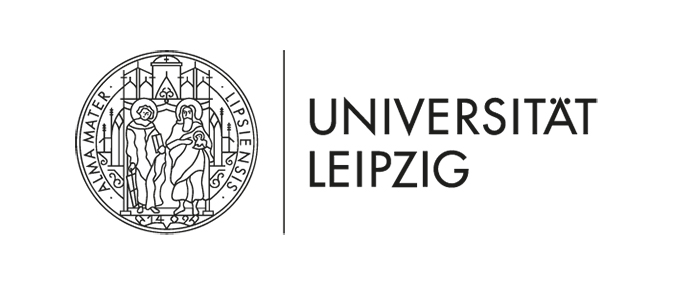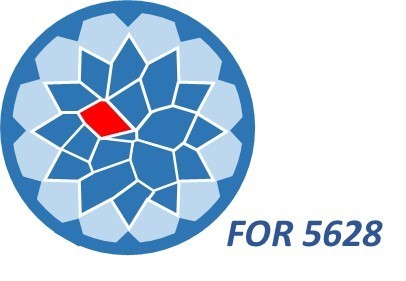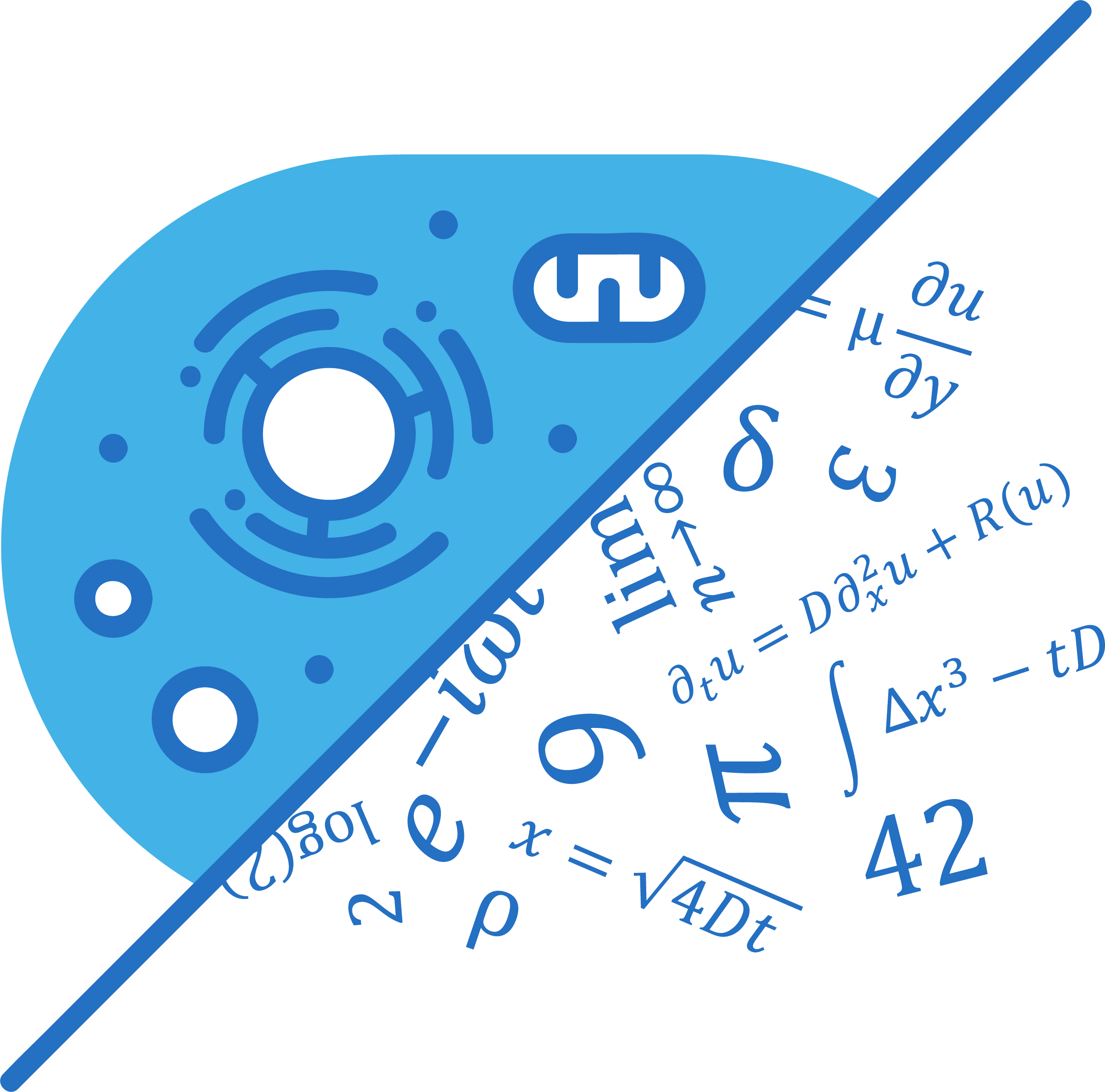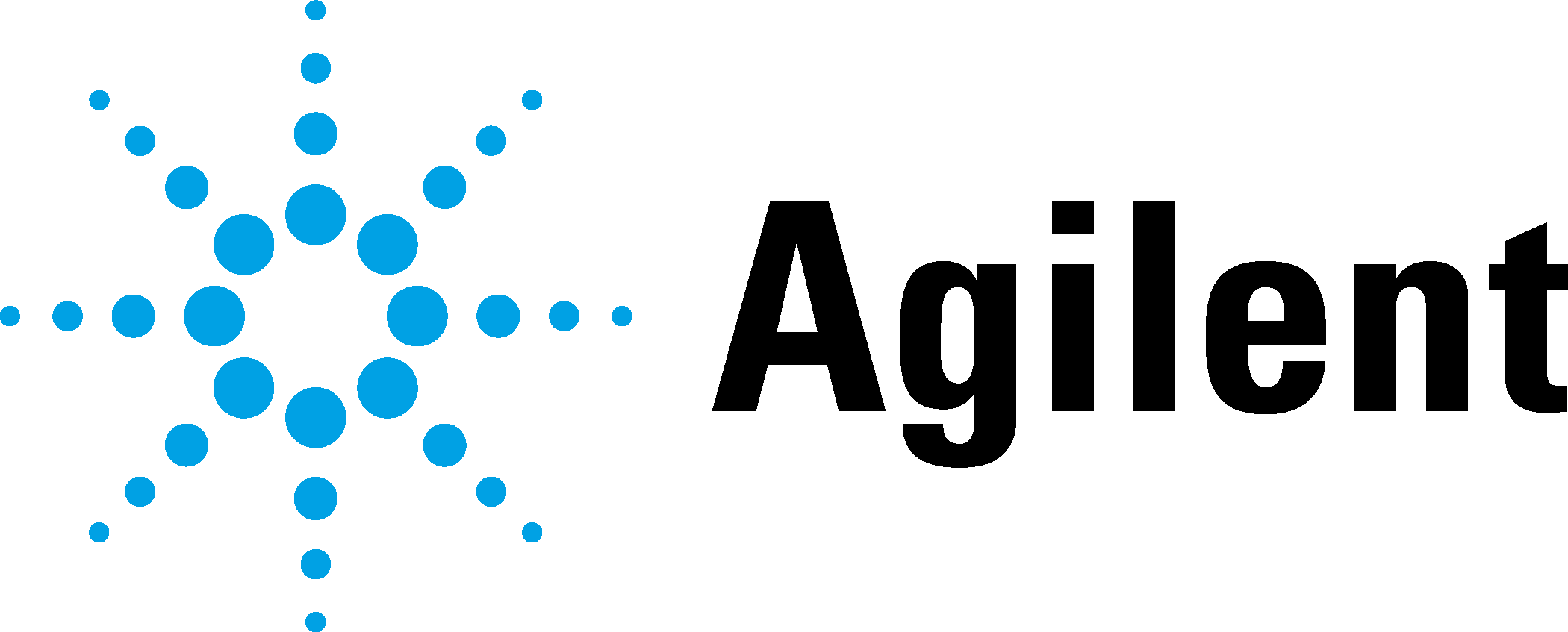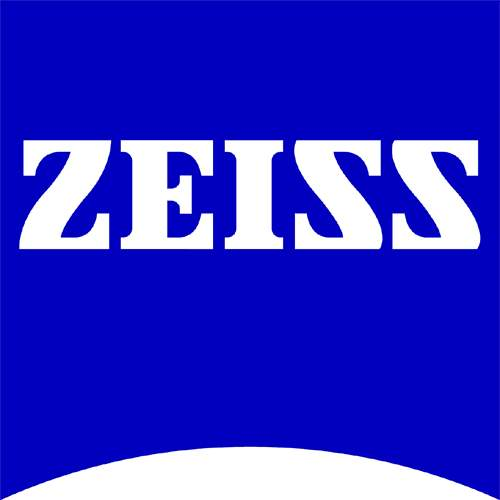|
15th Annual Symposium Physics of Cancer Leipzig, Germany Sept. 30 - Oct. 2, 2024 |
PoC - Physics of Cancer - Annual Symposium | |||||||||||||||
|
|
Poster
Multiscale morphological analysis of heterogeneity in gastrointestinal cancer patient-derived organoids
Contact: | Website
Clinical cancer classification systems are generally based on the histology or genetic profile of the tumors, often disregarding the physical parameters that play key roles in tumor evolution. We propose the creation of a ‘morphology atlas’, by mapping morphology of patient-derived organoids (PDOs) to patient disease progression. Since PDOs are at the forefront of the precision cancer therapy field, such an atlas will be a valuable resource while making clinical decisions based on morphology in the future.
Gastrointestinal (GI) cancers such as Gastric cancer (GC) and Esophagogastric Junction cancer (AEG) are becoming common and fatal malignancies worldwide. We observe that PDOs originating from various GI cancers show a diverse range of morphologies in culture. This is especially advantageous to our project since the morphology exhibited by PDOs may be a direct result of their genetically (and subsequently mechanically) diverse clonal populations. We study this multiscale heterogeneity using whole-mount imaging assays to quantify morphological features in 3D. We have successfully generated a 3D segmentation pipeline that can now output nuclear, single-cell and whole-PDO masks, which can be further analyzed by extracting geometric and biophysical features. Specifically, we study several sets of paired PDO lines (originating from the same patient at pre-chemotherapy and post-chemotherapy time points), that exhibit intra-patient morphological heterogeneity. Using the metrics described above, we aim to understand the effects (if any) of chemotherapy on the morphology of PDOs, at the multiscale level. We probe whether chemotherapy alters morphology at any level, and if it can morphologically enrich for chemo-resistance. Preliminary data shows that upon overlaying these morphological characteristics with data on patient disease progression, we see potential correlations between morphology and patient survival. With our morphology atlas, we aim to eventually link morphology and patient outcome, by gaining new insight into the biophysical pathways underlying GI cancer pathogenesis and providing a new approach to precision medicine. |
